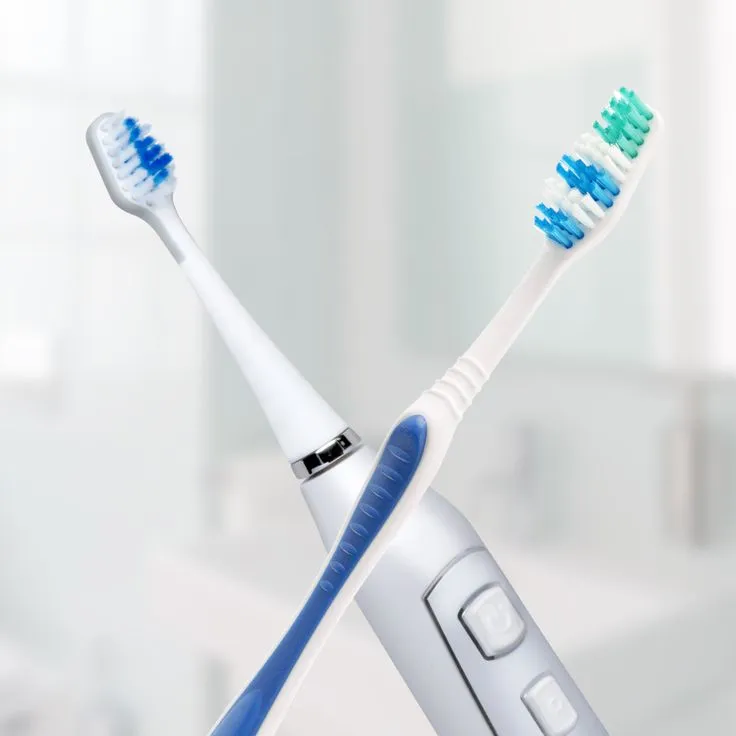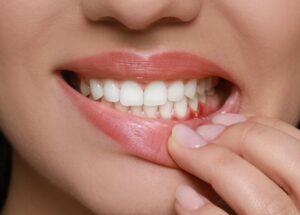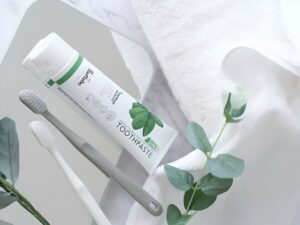You’re in the dental aisle, staring down a sea of choices. Manual vs electric toothbrush it’s the ultimate showdown. The classic manual brush? Simple, familiar, gets the job done. But then there’s the buzzing, spinning electric kind, high-tech and promising better results. So, what’s the real difference? And which one truly wins when it comes to your teeth?
The Tale of Two Brushes: A Personal Journey
Let me tell you a story. I had a friend who treated toothbrushes like football teams — fiercely loyal. Manual was his pick. Then life got hectic, and convenience won. He gave the electric brush a try. Suddenly, brushing felt easier, plaque wasn’t such a battle, and his gums? Happier than ever.
In the debate of manual vs electric toothbrush, he discovered it wasn’t a rivalry. They’re just different tools, and choosing the right one depends on how — and how often — you use it. Maybe you’ve been there too, wondering which side to pick.
For years, many of us used manual toothbrushes. Simple, cheap, and reliable. But lately, have your gums acted up—red and sore? Sounds familiar? It’s a common protest. A manual brush is all you. You’re in charge — the pressure, the angle, the motion, it’s all on you. That level of control makes it very… hands-on. But in the battle of manual vs electric toothbrush, not everyone can maintain perfect technique every single time. Most of us slip up. That’s where an electric brush steps in, doing much of the work for you. It’s like having a tiny, powerful cleaning assistant in your hand.
Built-in timers help keep you brushing for the dentist-recommended two minutes. Many models also include pressure sensors that alert you when you’re brushing too hard. These small features make a big difference , and honestly, that’s kinda neat.
Unpacking the Electric Advantage: More Than Just a Buzz
Why consider electric? It does the heavy lifting. Electric brushes deliver thousands of strokes per minute. Your hand can only move so fast. That speed helps remove plaque more efficiently, especially on hard-to-reach spots. Tech helps you brush properly. Timers keep you at it for the dentist-recommended two minutes. Some models warn if you press too hard. And yes, that pressure sensor? It’s a real thing. It can level the playing field. For people with limited dexterity or kids, the motor guidance makes brushing easier and more thorough.
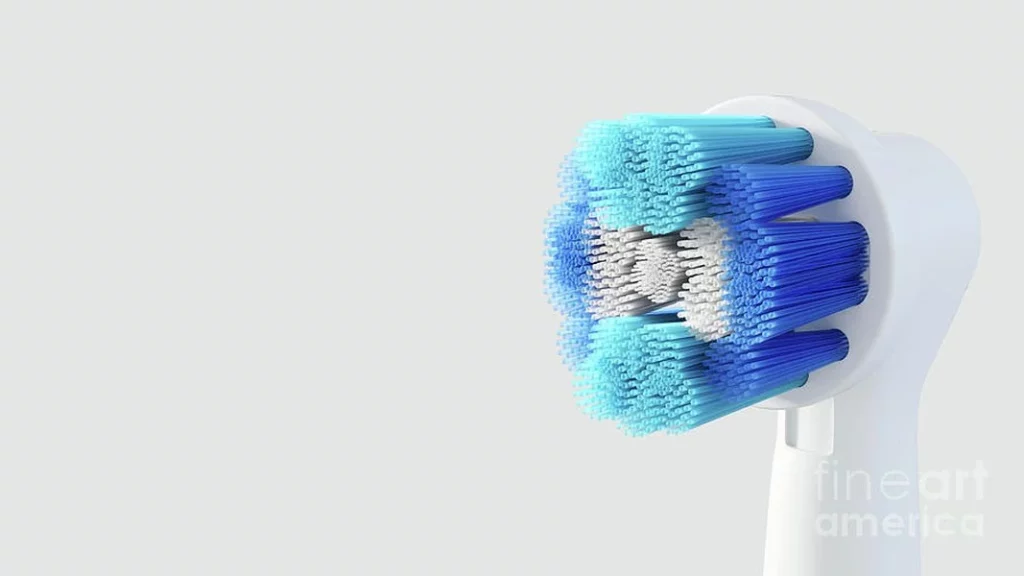
The Science Speaks: Plaque, Gingivitis, and Beyond
What do the studies say? Formal speak: Research from credible sources indicates powered brushes reduce gingivitis and plaque more effectively than manuals. A meta-analysis found that electric toothbrushes generally reduce plaque and gingivitis more than manual brushes over a few months. Plaque reductions around 21%, gingivitis around 11% were reported in some trials. That’s meaningful, not mythical. Other clinical trials show mixed results, but many powered brushes outperform basic manual ones, especially when paired with proper brushing technique and regular brush head changes. It’s a different ballgame. Some people dig that. It feels cleaner.
Let’s look at a comparative analysis of key dental hygiene outcomes:
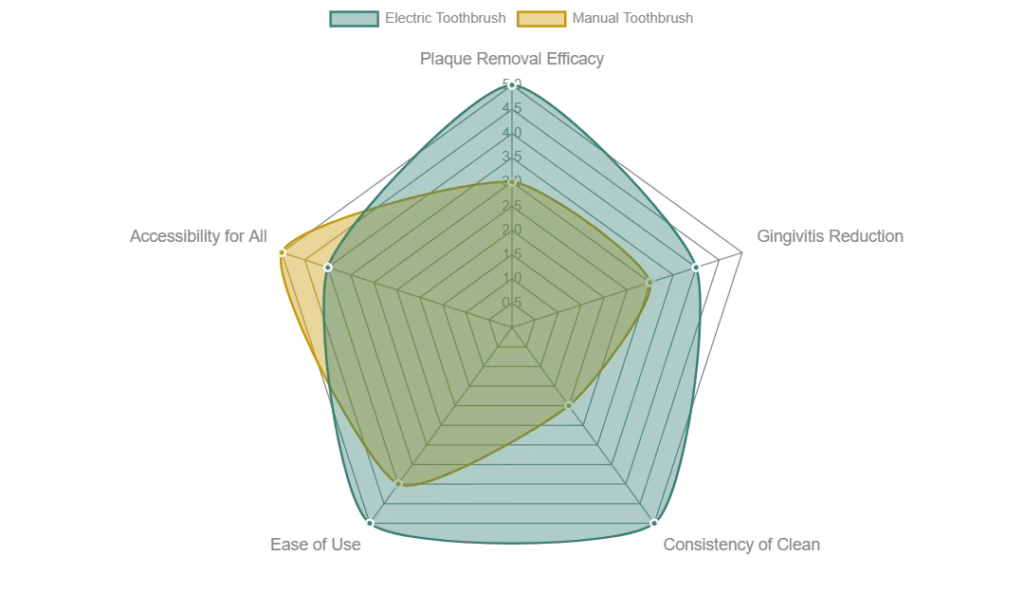
This radar chart illustrates the perceived performance of electric versus manual toothbrushes across various dental hygiene metrics, based on common consensus and scientific findings. Electric toothbrushes generally score higher in efficacy and consistency, while manual toothbrushes excel in accessibility.
Unpacking the Electric Advantage: More Than Just a Buzz
Now, don’t think manuals are losers. They’re eco-friendlier, no cords or waste. For folks on a budget, a good manual does the trick. They’re cheap. Like, dollar-store cheap. A manual toothbrush is classic, simple. No batteries, no charging. You control the pressure, the speed. But wait—sometimes you don’t. You rush too much. Miss spots. It’s easy to forget the two-minute brush rule. The manual kind is kind of forgiving but needs effort. Lots of effort. To use it like a pro, you need perfect technique. Every single time.
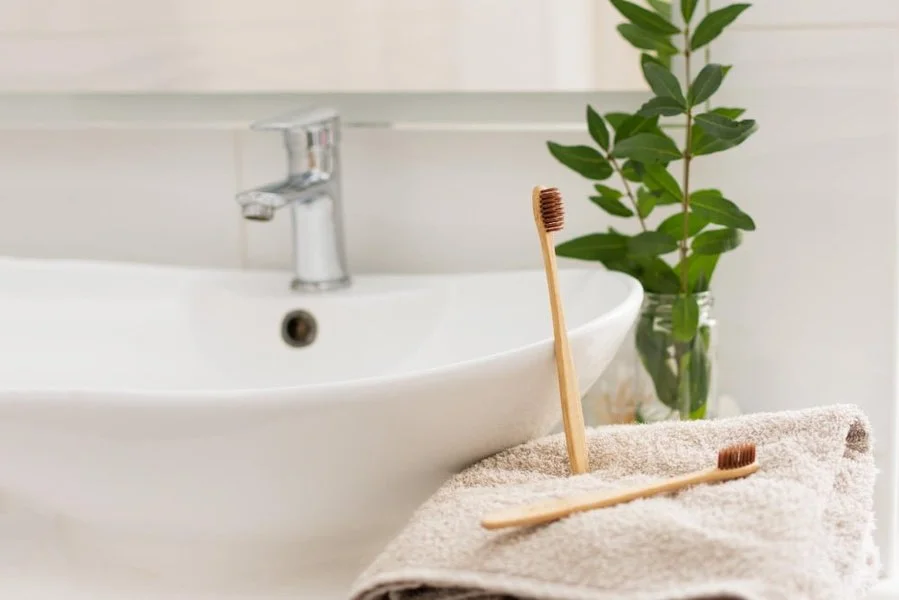
Cost and Value: A Deeper Look
Cost is a factor too. Manual brushes are cheap. Electric ones? They can get pricey. But then again, you’re just replacing the head on the electric. Not the whole dang brush. So, the long-term cost might not be as wild as you think. Premium models bring features and some apps, but basic powered brushes still offer clear benefits over very old-school manuals. You don’t have to break the bank, but consider replacing heads regularly. Consumer guidance notes that you’ll pay more upfront for an electric option, and you’ll replace heads periodically. Still, for many, the long-term hygiene payoff is worth it.
Here’s a comparison of factors beyond just cleaning power:
| Feature | Manual Toothbrush | Electric Toothbrush |
|---|---|---|
| Upfront Cost | Very Low | Moderate to High |
| Maintenance Cost (Heads/Parts) | Low (Full Replacement) | Moderate (Head Replacement) |
| Portability | Excellent | Good (Requires Charger) |
| Ease of Technique | Requires High User Skill | Assisted, Lower User Skill Needed |
| Eco-Friendliness | Generally Better (Simpler Materials) | Varies (Batteries, Electronic Waste) |
| Advanced Features | None | Timers, Pressure Sensors, Apps |
This table summarizes the practical considerations when choosing between a manual and electric toothbrush, highlighting aspects like cost, maintenance, and features.
Making Your Choice: It's All About YOU
At the end of the day, the best toothbrush is the one you’ll actually use. Consistently. Twice a day. With toothpaste. If you love your manual brush and use it like a pro, stick with it. If you’re tempted by the tech and the promise of a deeper clean, give an electric a whirl. Both can get the job done. But electric might just make it a little easier to achieve that dentist-clean feeling.
It’s like riding a bike. Manual is old reliable. Electric adds a turbo boost if you use it properly. But don’t expect it to brush your teeth alone. You still have to pay attention. Watch your angles. Don’t be lazy. To sum it up (and I can’t stress this enough):
- Manual toothbrush: cheap, portable, simple. But easy to slack off.
- Electric toothbrush: pricier, high-tech, helpful with timing and pressure. But requires charging and a bit of practice.
So, manual vs electric toothbrush? It really depends on you, your budget, brushing habits, and quirky preferences. Both get the job done if you brush like you mean it. Just pick one and don’t ghost your dentist. Brush on.
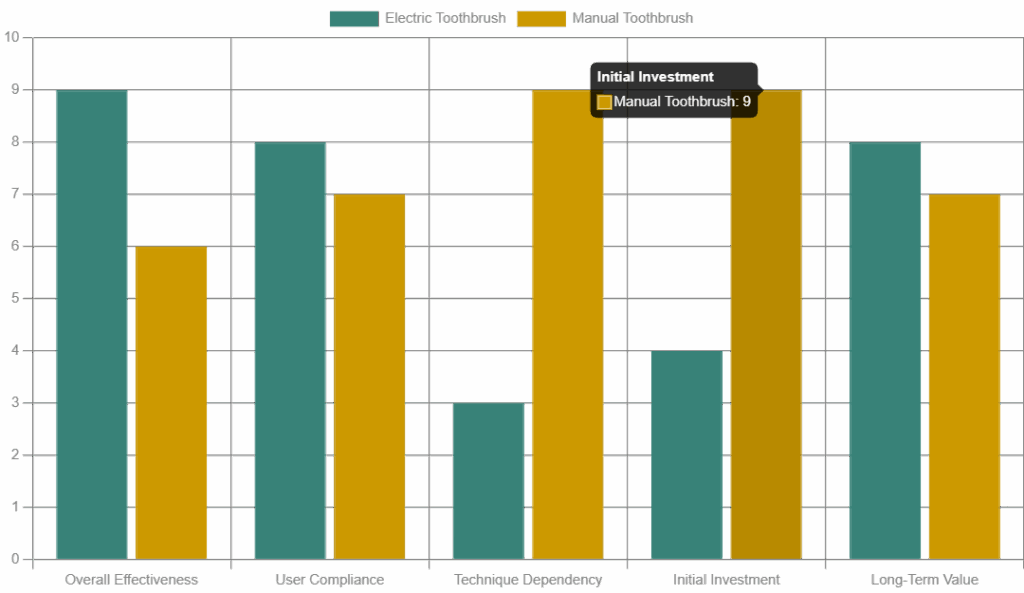
This bar chart compares electric and manual toothbrushes across various criteria, rating them on a scale of 0 to 10. It highlights that electric toothbrushes generally lead in effectiveness and long-term value due to consistent performance, while manual toothbrushes are strong in initial investment and user compliance if technique is mastered.
Is An Electric Toothbrush Really Better?
Many dentists often recommend electric toothbrushes for a variety of reasons, primarily because they can help overcome common brushing errors. The video below explains the benefits an electric toothbrush can offer, especially in terms of efficiency and coverage. It delves into how the specialized movements and built-in features, like timers, can lead to a more effective clean compared to traditional manual brushing. This can be particularly beneficial for ensuring you reach all areas of your mouth and brush for the recommended duration, ultimately contributing to better oral health.
Electric vs. Manual Toothbrush | Are Electric Toothbrushes Better? by Dr. Adam Shisler. This video discusses the benefits of electric toothbrushes for better oral hygiene.
